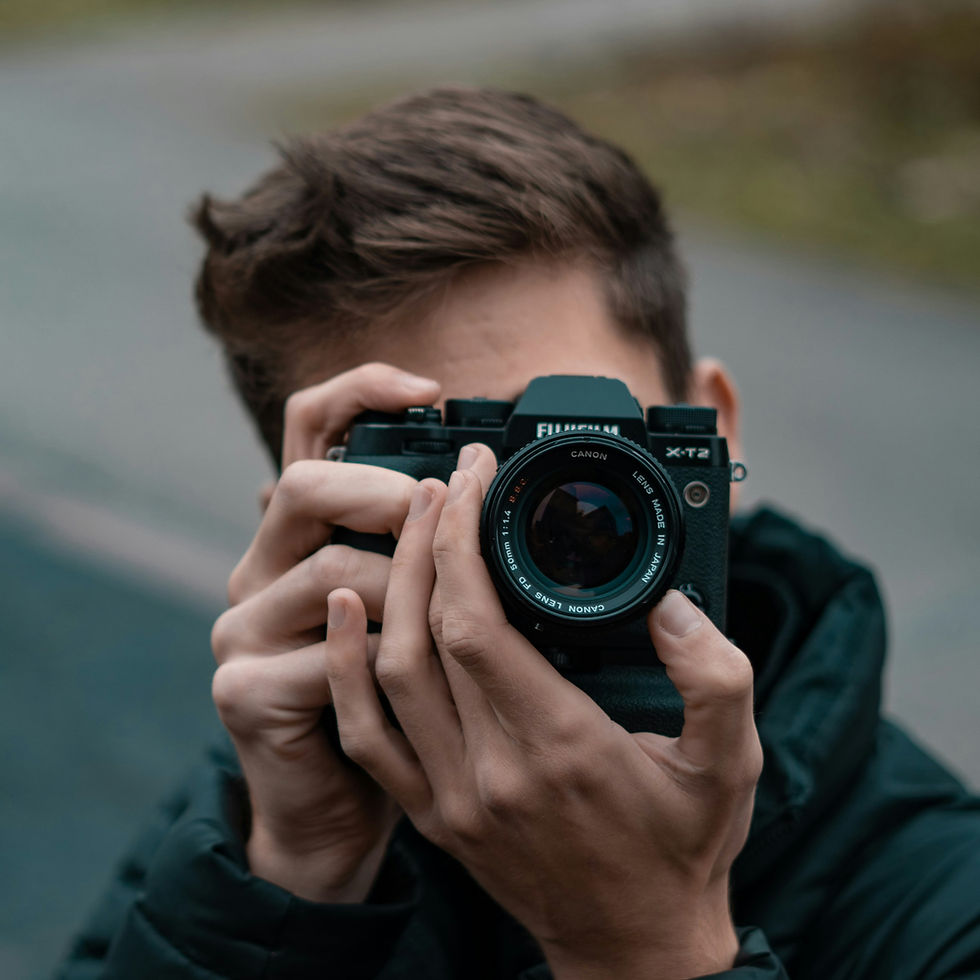Bhaavya Roy-Essential Photographic Techniques
- tanishka19709
- May 13
- 2 min read

1. Master the Exposure Triangle
Aperture (f-stop): Controls depth of field. Wide aperture (f/1.8) = blurry background. Narrow aperture (f/11+) = more in focus.
Shutter Speed: Controls motion blur. Fast (1/1000s) for action; slow (1/10s) for long exposure/light trails.
ISO: Controls sensor sensitivity. Low ISO = clean image; high ISO = more noise.
2. Use the Rule of Thirds
Place your subject off-center at the intersections of an imaginary 3x3 grid for balanced and dynamic composition.
3. Understand and Use Light
Golden Hour: Shoot during sunrise or sunset for warm, soft light.
Blue Hour: Just after sunset or before sunrise, ideal for moody landscapes and cityscapes.
Backlighting/Sidelighting: Adds depth and drama.
4. Control Depth of Field
Use shallow depth of field (low f-number) for portraits to blur the background.
Use deep depth of field (high f-number) for landscapes to keep everything sharp.
5. Long Exposure Photography
Great for night scenes, waterfalls, and light trails.
Use a tripod and neutral density (ND) filter in bright conditions.
6. Leading Lines and Framing
Use roads, fences, or natural lines to draw the viewer’s eye to your subject.
Frame your subject using doorways, windows, or foliage for depth.
7. Shoot in RAW
Provides more flexibility in editing without loss of quality, unlike JPEG.
8. Try Different Perspectives
Get low, shoot from above, or tilt your camera to add variety and interest.
9. Experiment with Minimalism and Negative Space
Embrace simplicity and let your subject breathe with lots of empty space.
10. Black and White Photography
Helps emphasize contrast, texture, and shape.
Especially powerful for street and portrait photography.
🧠 Creative Exercises
One lens challenge: Use only one focal length for a week.
Color hunt: Capture a specific color throughout your day.
Photo stories: Shoot a series that tells a story (e.g., "a day in the life").



Comments